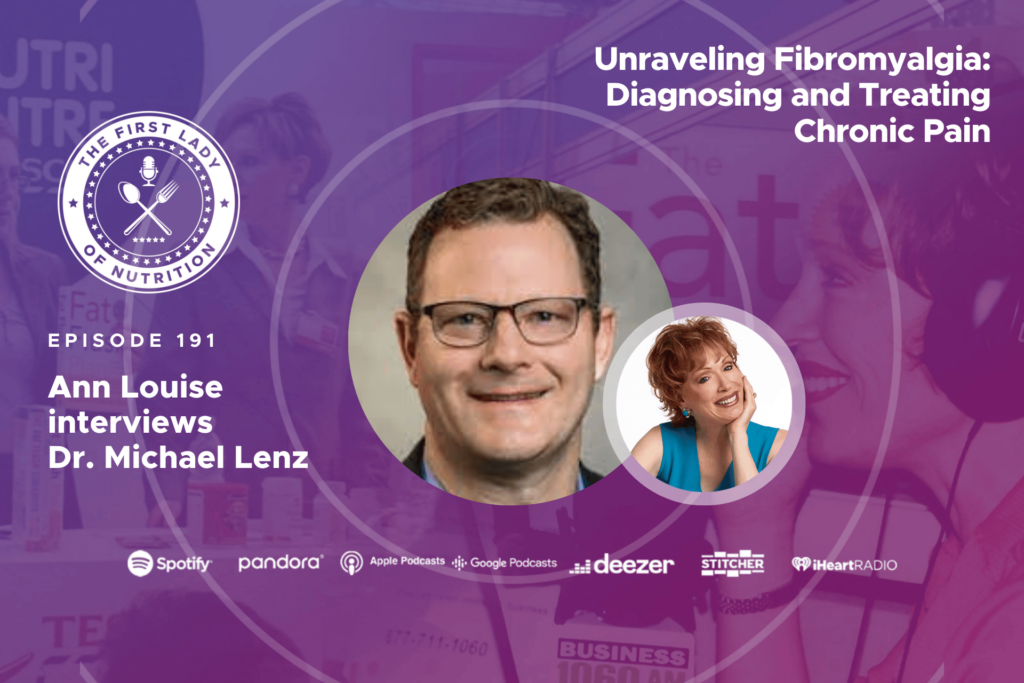 Scope out your workplace and get smart about unwanted radiation.
Scope out your workplace and get smart about unwanted radiation.
Your workplace can emit electromagnetic pollution, ranging from very low fields to extremely high levels of radiation. Certain occupations—whether you’re a hospital worker, logger, software developer, or stockbroker—can put you at much higher risk than other jobs do.
Electrical utility workers, for example, with the most AC electrical and magnetic exposure are twice as likely to die from prostate cancer, several studies show. New Zealand research published in Cancer, Causes & Control finds a higher risk for leukemia among “electrical occupations,” ranging from telephone line workers to welder/flame cutters.
Other research links workplace exposure to electromagnetic fields (EMFs) with depression and other forms of mental illness. One case-control study in Occupational and Environmental Medicine looked at data on over 130,000 electrical workers—to find a higher risk of suicide. The specific jobs that put workers most at risk were electrician and linemen.
Study authors (epidemiologists at the University of North Carolina, Chapel Hill) explain the association between extremely low frequency EMFs and suicide via the melatonin connection. “Based on observations that these exposures alter the daily rhythm of pineal [gland] melatonin production,” as well as “the role of melatonin in depression, and depression as an important risk factor for suicidal behavior,” they say, suicide seems “a potential consequence of exposure to EMFs.”
That’s not all. “Nine out of ten epidemiological studies that have been conducted on the risk of ALS [Lou Gehrig disease] in relation to occupational exposure to EMFs show moderate to strong relative risk estimates that supported a link between them,” Chinese scientists report.
Comparing job histories of people with rare brain tumors called gliomas and cancer-free controls in the San Francisco Bay area, a study in the Journal of Occupation and Environmental Medicine noted two-fold or higher elevated risks for firefighters and physicians—two very different careers—though both can increase exposure to EMFs.
“One of the few studies with sufficient numbers to separately analyze occupations by gender,” this research also found elevated glioma risk for male motor vehicle operators, who are exposed to slightly less EMFs than school teachers. Also at risk are female electronic equipment operators.
Exposure to EMFs from high voltage power lines in Norway increased women’s risk of breast cancer, according to a study in the American Journal of Epidemiology. And firefighters are at increased risk for numerous cancers including brain, colon/rectum, prostate, stomach, testes, thyroid, and urinary bladder cancers as well as leukemia, male breast cancer, malignant melanoma, multiple myeloma, and non-Hodgkin’s lymphoma, all cancers linked to EMFs and radiofrequency fields (RF).
While it’s easy to blame these tumors on all the known and potential carcinogens to which firefighters are exposed, “curiously, respiratory system cancers and diseases are usually not increased” in this profession, finds retired Washington State Department of Health researcher Samuel Milham, MD. But firefighters do have increased exposure to EMFs and RFs “from the mobile two-way radio communications devices which they routinely use while fighting fires, and at times from firehouse and fire vehicle radio transmitters,” leading Dr. Milham to suggest that at least some of their cancer risk is preventable.
Dr. Ann Louise’s Take:
A surprising number and variety of careers are putting us at risk today—due to our ever-increasing exposure to antennae, cell and cordless phones, digital and electronic equipment, faulty wiring, microwaves, power lines, satellites, and wireless. I experienced an equally rare parotid gland tumor (thankfully benign) that has been linked to electropollution.
Writing books—constantly on my computer and using my cell/cordless phone more than usual—put me at risk. Comparing my symptoms with my clients’ unrelated and mysterious symptoms—dizziness, fatigue, headaches, heart palpitations, insomnia, skin problems, trouble concentrating—sparked my interest in electropollution and ways to reduce exposure. The result is my latest book Zapped, which I discussed last night with listeners all over the country on Coast to Coast.
Zapped offers lots of ways to reduce your exposure at work. For example, simply moving your desk chair away from the wall where EMF-generating equipment or wiring is located can help. Keep extension cords, surge protectors, power bars, and wires at a distance—six feet is the usual recommendation, but at least three will diminish EMFs.
Bring detection devices—like a Gauss meter—into work, paying special attention to readings near where you work. If readings are high, show them to your supervisor, but use discretion—give your boss a copy of Zapped and point out some of simple, low-cost solutions it offers. Ask for a WiFi-free zone, using wired Internet connections, for example.
Switch off the lighting. Many office buildings, schools, and factories use horrible fluorescent lighting that produces higher EMFs than incandescent lighting. Some key selling points: Overhead lights (particularly in older buildings) illuminate areas where it’s not needed, costing more in energy bills. Energy-efficient LEDs are likely to save your employer money.
The Melatonin Connection
Dozens of studies, including the one in Occupational and Environmental Medicine, suggest that even low levels of EMFs depress the body’s production of melatonin, the hormone that controls the sleep-wake cycle. German research finds that people with low melatonin levels report depression, brain fog, exhaustion, and agitation—symptoms of electrosensitivity.
Called the “Dracula hormone” because its production peaks at night, melatonin can increase the effectiveness of the body’s immune cells, helping to prevent disease, including cancer. This hormone doesn’t just help you sleep, it can potentially save your life—particularly if you’re exposed to EMFs.
I recommend that all adults take 1 to 3 mg of Melatonin in a time-released formula. Unlike other antioxidants, this hormone is able to cross the blood-brain barrier, actually breaching the membrane designed to prevent toxins like EMFs from entering the brain. Melatonin is also twice as effective as vitamin E in preventing free radical damage from EMFs and other toxins.
Sources:
Zapped: Why Your Cell Phone Shouldn’t Be Your Alarm Clock and 1,268 Ways to Outsmart the Hazards of Electronic Pollution
https://electromagnetichealth.org/wp-content/uploads/2010/10/Abstract-HRV-European-Journal.pdf
https://www.ncbi.nlm.nih.gov/pubmed/19464814
https://www.ncbi.nlm.nih.gov/pubmed/17178591
https://www.ncbi.nlm.nih.gov/pubmed/15105178
https://www.ncbi.nlm.nih.gov/pubmed/12802217
https://www.ncbi.nlm.nih.gov/pubmed/12541277
https://www.ncbi.nlm.nih.gov/pubmed/11562108
https://www.ncbi.nlm.nih.gov/pmc/articles/PMC1739931/
https://www.ncbi.nlm.nih.gov/pmc/articles/PMC1241215/









6 Responses
Hi Dr.!
Wonderful new book – Zapped! I believe this is only the beginning of the real toll this will take on our population, here and abroad.
I’ve been looking at Amazon.com’s device called a “Kindle” reader. One of their “features” is that they promote reading books on your “Kindle” reader while in bed because there is no backlighting that can disturb the melatonin, thus, you’ll be able to sleep.
Would you consider the “Kindle” reader with it’s Wi-Fi capabilities to be akin to having an operating cell phone next to your face?
Thanks!
Trish
Could it be possible that a neighbor across street could have device that would submit some kind of waves to my home? Her son works for cell phone company and she has intense hatred for me. Noise has been going on more than month and at times produces electric static shocks to me. Even my dogs do not act peppy anymore from the constant hum of this radioactive waves. Police will not investigate her home. Instead tells me I have mental problem which is exactly what she wants. I had to go to psych ward of hospital to get away from noise and they could not really figure out why I heard this. They said I am not crazy if only hear in the house. How long does it take for someone to die from this?
enjoyed the topic and the show…a few years ago …i feel that my mind experienced a concepts just as this…i that i had studied …religions…astrology..numerology…etc …sensing a common path..for cycles system…and or frequencies to act exactly as she says…these cycles and pathways have always existed yet to as she states have been radicalized ….through…the advent of technology…and the vast potential…that exists….it is refreshing to hear and see….that others are also intuitively aware that …there are answers a lot …issues we are facing as a society….i am sold on the concept completely as it speaks….ancient languages….feng shui..and chi gong ..etc
enjoyed the topic and the show…a few years ago …i feel that my mind experienced a concepts just as this…i that i had studied …religions…astrology..numerology…etc …sensing a common path..for cycles system…and or frequencies to act exactly as she says…these cycles and pathways have always existed yet to as she states have been radicalized ….through…the advent of technology…and the vast potential…that exists….it is refreshing to hear and see….that others are also intuitively aware that …there are answers a lot …issues we are facing as a society….i am sold on the concept completely as it speaks….ancient languages….feng shui..and chi gong ..etc
enjoyed the topic and the show…a few years ago …i feel that my mind experienced a concepts just as this…i that i had studied …religions…astrology..numerology…etc …sensing a common path..for cycles system…and or frequencies to act exactly as she says…these cycles and pathways have always existed yet to as she states have been radicalized ….through…the advent of technology…and the vast potential…that exists….it is refreshing to hear and see….that others are also intuitively aware that …there are answers a lot …issues we are facing as a society….i am sold on the concept completely as it speaks….ancient languages….feng shui..and chi gong ..etc
Trish- The Kindle with Wi-Fi capabilities sends and receives signals only when you are downloading new books onto it. So apart from it being an electronic devise, I would imagine that it would be pretty low risk while just reading it.